Our Aim
To provide you with an overview on New And existing technologies, hopefully helping you understand the changes in the technology. Together with the overviews we hope to bring topical issues to light from a series of independent reviewers saving you the time And hassle of fact finding over the web.
We will over time provide you with quality content which you can browse and subscribe to at your leisure.
TekSpek 's

Display Panel Types
Date issued:
Choosing a monitor is not an easy decision to make, and not just because of the large number of variations in resolution, refresh rates, sizes and connectivity options. There are also varying panel technologies used to form each display that need to be considered. These panel technologies can be grouped into three broad categories which cover the vast majority of monitors sold in the consumer market - Twisted Nematic (TN), In-Plane Switching (IPS) and Vertical Alignment (VA) - all of which exhibit different characteristics making some panel types better suited for specific scenarios over others. TN panels, for example, often make the best gaming monitors while IPS panels are generally lauded for monitors aimed at creative professionals.
In this TekSpek we're take a closer look at each of the main panel types, discuss some of their unique and varying characteristics and then sketch out which use-case scenarios are most applicable, before summarising the main differences between the three.
Twisted Nematic (TN)
TN is the most commonly deployed panel technology in the monitor market since it can be manufactured for the lowest production costs. TN panel technology is usually found in monitors between 19in and 28in in size, sporting 16:9 aspect ratios at popular resolutions such as 1,920x1,080 (FHD), 2,560x1,440 (QHD) and 3,840x2,160 (UHD, 4K).
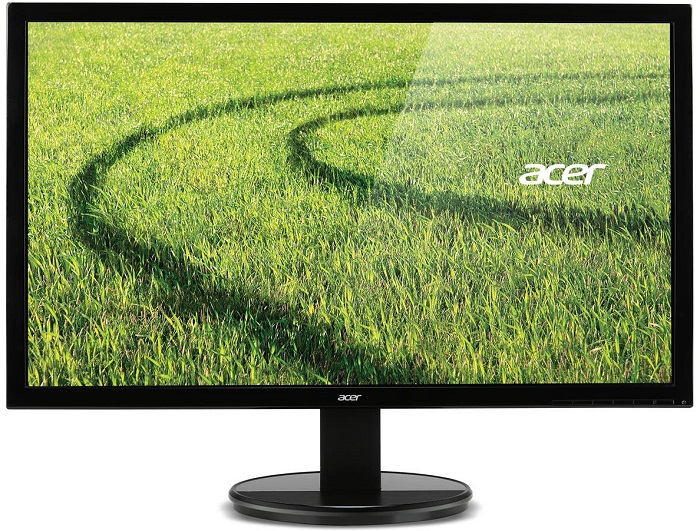
The Acer K222HQL is a low-cost 21.5in FHD monitor based on a TN panel.
The most advantageous trait of TN panel types, aside from often being the lowest-cost option, is that they are the most responsive and have the lowest levels of display lag - the time taken to transfer a video output from the computer's graphics to an image that is displayed on the monitor.
There are two crucial components of display lag - the signal processing time and the response time. Signal processing is primarily affected by the type of display scaler used and any monitor effects applied, such as colour adjustments or simulated motion blur. Signal processing time is related to the panel technology used since display scalers are often specific to one particular technology. The response time is the how long it takes for a pixel to change colour and this is usually measured through grey-to-grey colour transitions; response time is directly related to the type of panel technology used.
TN panels are often the basis of many competitive gaming monitors as their low display lag makes them well-suited for fast-paced first-person shooter (FPS) titles where responsiveness is crucial. The ability to achieve high refresh rates is another characteristic of TN panels that makes them ideal for gaming. A refresh rate is the number of images that are displayed by a monitor per second and this impacts the fluidity of motion - the more frames displayed per second the smoother the output. TN panels top all resolutions for the highest refresh rates available, currently 144Hz for 1080p and 1440p, for example.
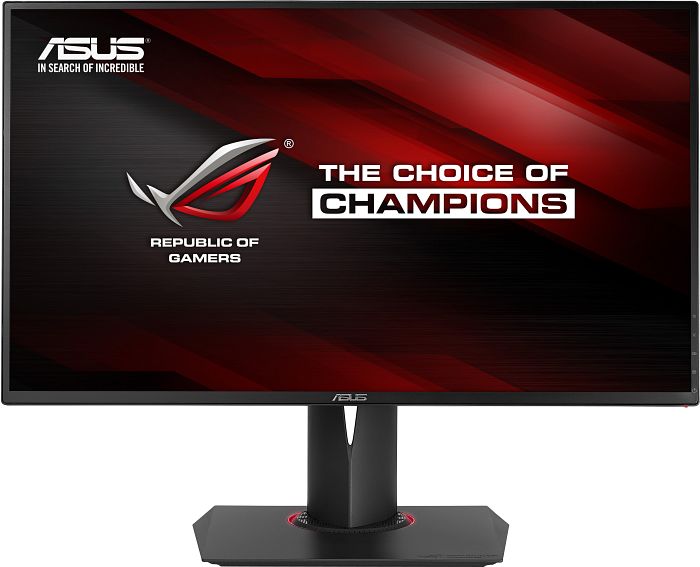
The ASUS ROG Swift PG287Q QHD gaming monitor is based on a TN panel.
TN panels do, however, have a notable weakness which is comparatively narrow viewing angles of about 170-degrees horizontal and 160-degrees vertical. Since the first generation of TN panels the technology has improved greatly with respect to viewing angles but TN is still notably behind the IPS.
Also, TN panels can exhibit colour and contrast shift in both vertical and horizontal directions. This isn't necessarily an issue for users who view their monitor straight-on but even the slightest off-centre viewing can cause colour or contrast shift. This is potentially problematic for users with monitors mounted in unconventional ways - wall-mounted for example, or for creative professionals who need consistent colour accuracy irrespective of the viewing angle.
In-Plane Switching (IPS)
IPS-based monitors have become an increasingly popular alternative to mainstream TN offerings as the technology has matured and become more established in the marketplace. IPS panel technology was initially founded out of a desire to improve on the weak viewing angles of TN panels and to further improve colour reproduction and image quality for creative professionals.
A typical IPS display offers viewing angles of 178-degrees horizontal and 178-degrees vertical and is significantly less likely to exhibit any colour or contrast shifts when viewed from off-centre positions. Furthermore, IPS panels are usually more colour accurate and capable of displaying more colours since they predominantly make use of true 8-bit colour depth panels compared to 6-bit panels on most TN monitors, which often use a technique called dithering and frame-rate control (FRC) to simulate deeper 8-bit colour depth.
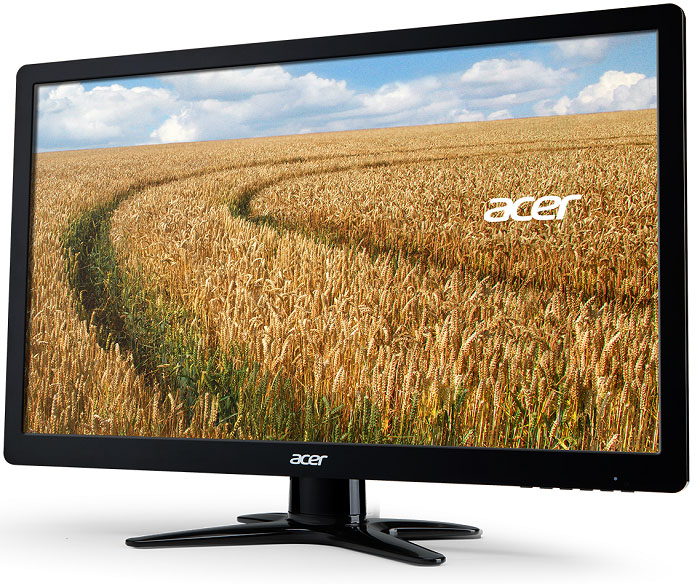
The Acer G248HYL is a popular entry-level 23.8in FHD IPS monitor.
IPS panels, in their early stages, struggled to achieve reasonable response times though the latest advancements in IPS technology have brought marked improvements in that regard. While TN panels typically offer 2-to-4-millisecond response times, many IPS equivalents have managed to regularly reach 5-to-10 milliseconds making them suitable for non-competitive gaming scenarios.
While response times have been drastically improved in recent generations, IPS panels are still constrained by low refresh rates compared to TN equivalents. The market is yet to receive 120Hz or 144Hz IPS panels at any resolution making TN panels the sole choice for gamers desiring high refresh rates.
The IPS-type panel comes to market under many different brand names and marketing labels including PLS (Samsung), AH-IPS (LG Display) and AHVA (AU Optronics), but essentially these are all still a variation of an IPS panel. IPS monitors tend to be more frequently available in larger size categories, such as 28in to 40in, and with the unique ultrawide 21:9 aspect ratio in addition to conventional 16:9 and 16:10 offerings.
The target audience of IPS panels tends to be consumers who are more appreciative of image quality and viewing angles for varied usage scenarios. Gaming isn't as fluid as TN equivalents, mind, but IPS panels are certainly no slouch in games where the enhanced viewing angles help with preventing colour shifts across larger displays and multi-screen setups, while the additional colour support adds more vibrancy to the visuals.
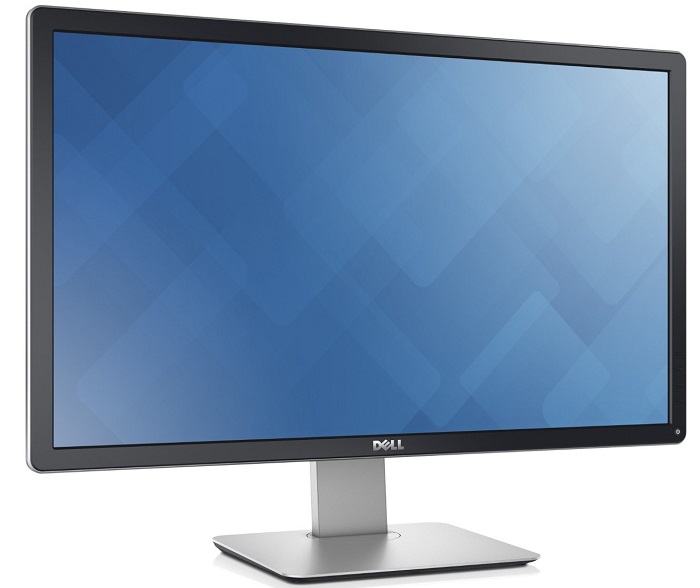
Dell's P2714H is a 27in FHD IPS monitor aimed at professionals.
Vertical Alignment (VA)
IPS and TN panel types both differ markedly in terms of viewing angles, refresh rates, responsiveness and colour depth. VA-type panels were developed as an attempt to find a middle ground, meaning a panel with a balance of characteristics of IPS and TN technologies. The VA-type panel is usually sorted into two main categories - Multi-Domain Vertical Alignment (MVA) and Patterned Vertical Alignment (PVA), although the two are broadly similar and PVA has declined in popularity as display manufacturers have turned more towards IPS. VA-type panels are the least common display type on the market.
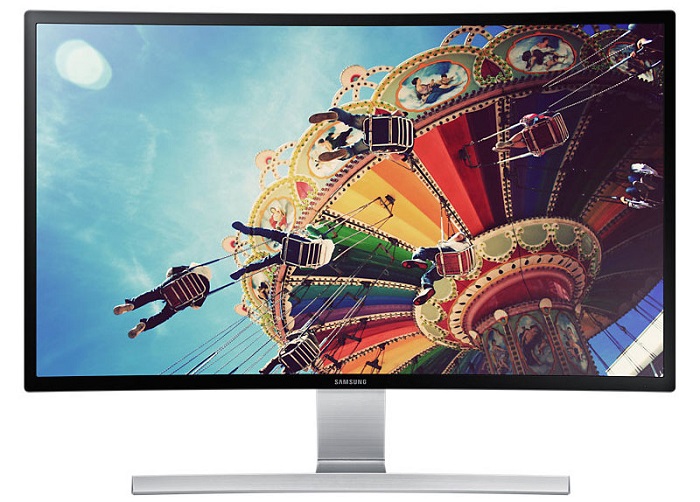
The Samsung LS27D590CS/EN is a curved FHD 27in monitor built from a VA panel.
VA-type panels have stronger viewing angles than TN-type panels, though they do exhibit some off-centre colour and contrast shifts, something IPS panels do not generally have. VA panels are also unique in that the VA technology allows for drastically higher contrast ratios than IPS or TN equivalents: 3000~5000:1 is commonplace. Colour depth is typically 8 bit making VA panels more accurate and vibrant than TN equivalents and quite similar to IPS.
While there are some monitors able to deliver refresh rates up to 120Hz, most VA-type panels have similar refresh rates to IPS counterparts. Similarly, with regards to response times the VA-type panel is closer to IPS, if not a little slower, which means the TN panel is still the best choice for gamers.
What you should know is that there is no perfect one-fits-all panel technology. TN excels in gaming through high refresh rates and low response times, IPS has better colour accuracy, vibrancy and wider viewing angles, while VA-type panels offer something of a middle ground between the two.
Scan suggests that you base monitor-purchasing decisions on your usage scenarios, though if we had to make an overall recommendation, IPS-laden screens would be our first choice.
Summary
| Strengths | Weaknesses | Ideal for | |
|---|---|---|---|
| Twisted Nematic (TN) | Lowest response times Highest refresh rates Most affordable |
Narrowest viewing angles Typical 6-bit colour accuracy |
Gaming
|
| In-Plane Switching (IPS) | Typical 8-bit colour accuracy Strongest viewing angles Ultrawide models available |
Lowest refresh rates Premium pricing Average response times |
Colour-sensitive productivity and media consumption |
| Vertical Alignment (VA) | Highest contrast ratios 8-bit colour accuracy Strong viewing angles |
Limited availability Slowest response times |
Balanced usage |
Scan sells a wide range of computer monitors using various technologies and priced to suit every budget. Please head on over to here to peruse our vast selection.